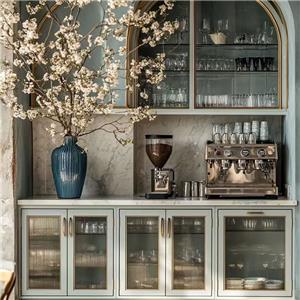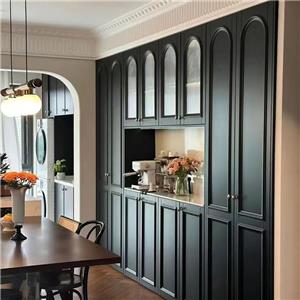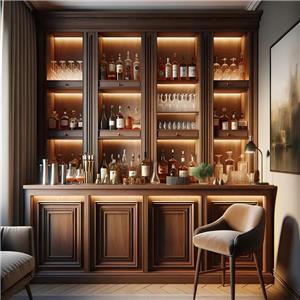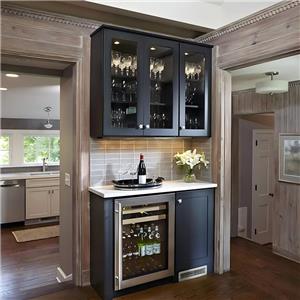How to prevent built-in wardrobes from getting damp?
Built-in wardrobes have become the first choice for many families because of their space-saving, beautiful and practical features. However, built-in wardrobes are easily affected by the moisture of the wall because they are close to the wall. Especially in a humid environment, they are more likely to have problems such as mold, deformation, and odor. So, how to prevent built-in wardrobes from getting damp and keep them in good condition? This article will discuss this issue in detail from multiple angles and provide you with a comprehensive solution.
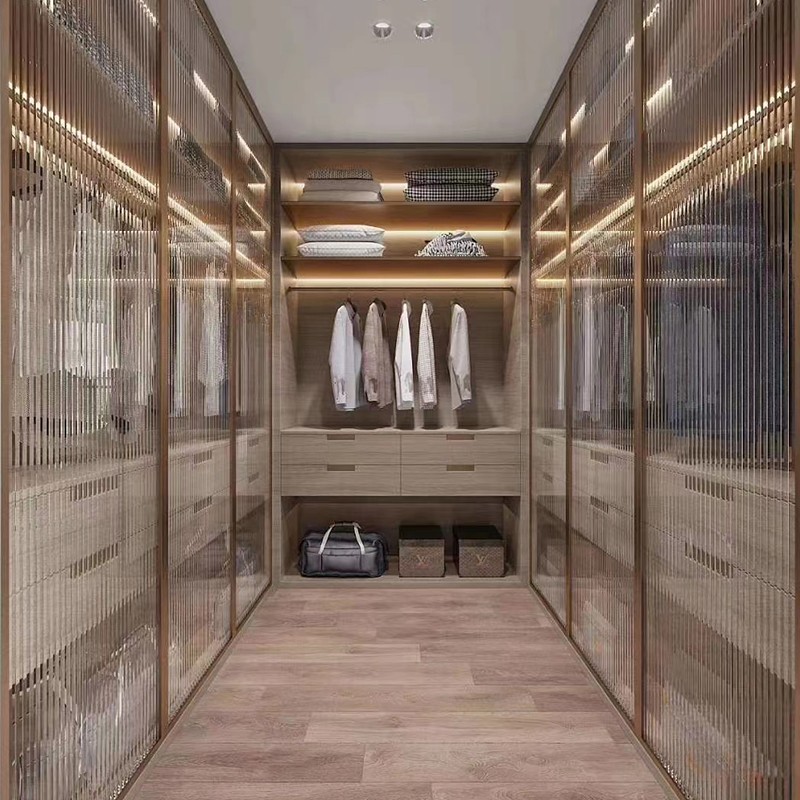
Material selection is the key
The material selection of built-in wardrobes is the first line of defense to prevent them from getting damp. Choosing the right material can effectively reduce the risks brought by moisture.
● Moisture-proof board: When choosing wardrobe boards, you can consider using moisture-proof boards. This type of board is added with moisture-proof agents during the production process, which makes it have strong moisture resistance. Moisture-proof boards can effectively prevent moisture from penetrating and reduce deformation and mold caused by moisture.
● Processing of solid wood materials: If you choose to use solid wood to make built-in wardrobes, you should pay attention to the drying of the wood during processing. The fully dried wood has a low moisture content and is not easily deformed by moisture. In addition, a layer of moisture-proof paint or wood wax oil can be applied to the surface of the wood to further enhance its moisture resistance.
● Choice of density board and particle board: Compared with solid wood, density board and particle board are more hygroscopic. Therefore, if you choose these materials to make a wardrobe, it is best to choose a high-density board that has been treated with moisture-proof, and ensure that its edges are sealed to prevent moisture from penetrating from the cut surface of the board.
Precautions during installation
Detailed treatment during the installation process is also crucial to prevent built-in wardrobes from getting damp. The following points require special attention during the installation process.
● Wall treatment: Built-in wardrobes are usually installed close to the wall, so moisture-proof treatment of the wall is particularly important. Before installing the wardrobe, you should ensure that the wall is dry. If the wall is damp, you can use waterproof paint to paint it, or lay a moisture-proof membrane to prevent moisture from penetrating from the wall into the wardrobe.
● Ground moisture-proof: If the wardrobe is installed in a place with a relatively damp ground, such as a basement or first floor, it is very necessary to lay a moisture-proof mat or moisture-proof membrane at the bottom of the wardrobe. This not only prevents ground moisture from penetrating into the wardrobe, but also extends the service life of the wardrobe.
● Distance between the back panel of the wardrobe and the wall: When installing a built-in wardrobe, it is recommended to keep a certain distance between the back panel of the wardrobe and the wall. Usually, leaving a gap of 1 to 2 cm allows air circulation and reduces moisture accumulation. In addition, such a design also helps to dissipate heat and prevent the temperature in the wardrobe from being too high and causing humidity to increase.
● Ventilation design: If conditions permit, some ventilation holes can be designed on the back panel of the wardrobe. These ventilation holes can promote air circulation and reduce moisture accumulation inside the wardrobe. Especially in the humid rainy season in the south, such a design is particularly important.
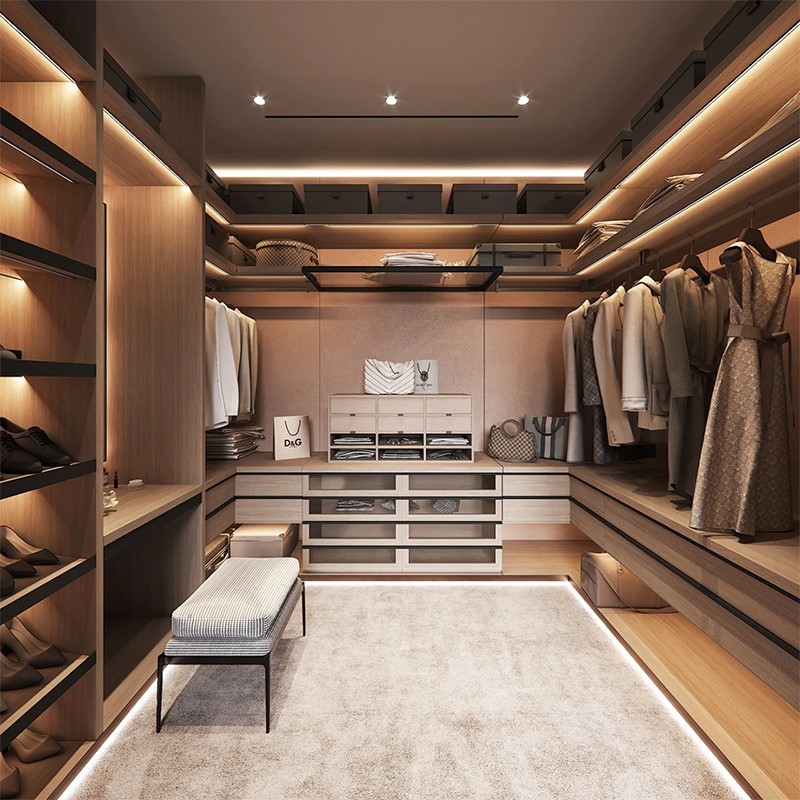
Moisture-proof measures during use
Even if moisture-proof measures have been taken during material selection and installation, you still need to be vigilant during use. Here are some practical moisture-proof tips.
● Regular ventilation: Opening the wardrobe door regularly to circulate the air inside is an effective way to prevent the wardrobe from getting damp. Especially in seasons with high humidity, you can open the wardrobe for ventilation for half an hour to an hour every day to expel humid air and keep the interior dry.
● Use of dehumidification products: In seasons with heavy humidity, such as the rainy season, some dehumidification products such as activated carbon bags, silica gel desiccant or dehumidification boxes can be placed in the wardrobe. These products can effectively absorb moisture in the wardrobe and prevent moisture accumulation. At the same time, you can also use electric dehumidification sticks, which can continuously heat and dissipate moisture by raising the temperature inside the wardrobe.
● Clothing treatment: Clothes stored in the wardrobe should also be kept dry. Avoid putting clothes that are not completely dried directly into the wardrobe, because these wet clothes will increase the humidity inside the wardrobe and cause mold growth. For seasonal clothes that are not often worn, it is recommended to dry them thoroughly before storage, and you can consider using moisture-proof bags for packaging and storage.
● Keep the room dry: The overall humidity of the room where the wardrobe is located will also affect the degree of moisture in the wardrobe. Therefore, in the humid season, you can use the dehumidification function of the air dehumidifier or air conditioner to reduce the indoor humidity, thereby indirectly reducing the possibility of moisture in the wardrobe.
Moisture-proof technology and product selection
With the advancement of technology, there are many technologies and products on the market that are specifically used for moisture-proofing, which can help you better protect the built-in wardrobe.
● Moisture-proof coating: Applying a layer of moisture-proof coating on the backboard or bottom of the wardrobe can effectively block the intrusion of moisture. This coating usually has good waterproof properties and can also prevent the growth of mold.
● Moisture-proof membrane: Moisture-proof membrane is a thin film material installed on the bottom and back of the wardrobe to block the penetration of moisture. Its installation is very simple. Just lay it on the wall and the ground before installing the wardrobe.
● Intelligent dehumidification equipment: There are some intelligent dehumidification equipment on the market that can automatically detect the humidity inside the wardrobe and automatically start the dehumidification function as needed. Although this type of equipment is relatively expensive, it can provide long-term moisture protection and is a worry-free choice.

Moisture-proof strategies for different seasons
The climate characteristics of different seasons determine that we need to adopt different moisture-proof strategies to ensure that the built-in wardrobe is always in good condition.
● Spring and plum rain season: This is the most humid season, and the humidity in the air is often high. During this period, special attention should be paid to the ventilation of the wardrobe and dehumidifiers should be used to keep the interior dry. You can consider increasing the number of dehumidifiers or using electric dehumidification sticks.
● Summer: Although the humidity in summer is not as high as that in the rainy season, the increase in temperature will increase the humidity in the air. During this period, the dehumidification function of the air conditioner can be used to reduce the indoor humidity. In addition, summer is the peak period for mold growth, so it is necessary to check the condition inside the wardrobe more frequently and clean up the possible mold spots in time.
● Autumn and winter: The air in autumn and winter is relatively dry, but if you use a heater or humidifier, you still need to pay attention to changes in humidity. At this time, you can reduce the use of dehumidifiers, but you still need to maintain regular ventilation to prevent moisture accumulation.
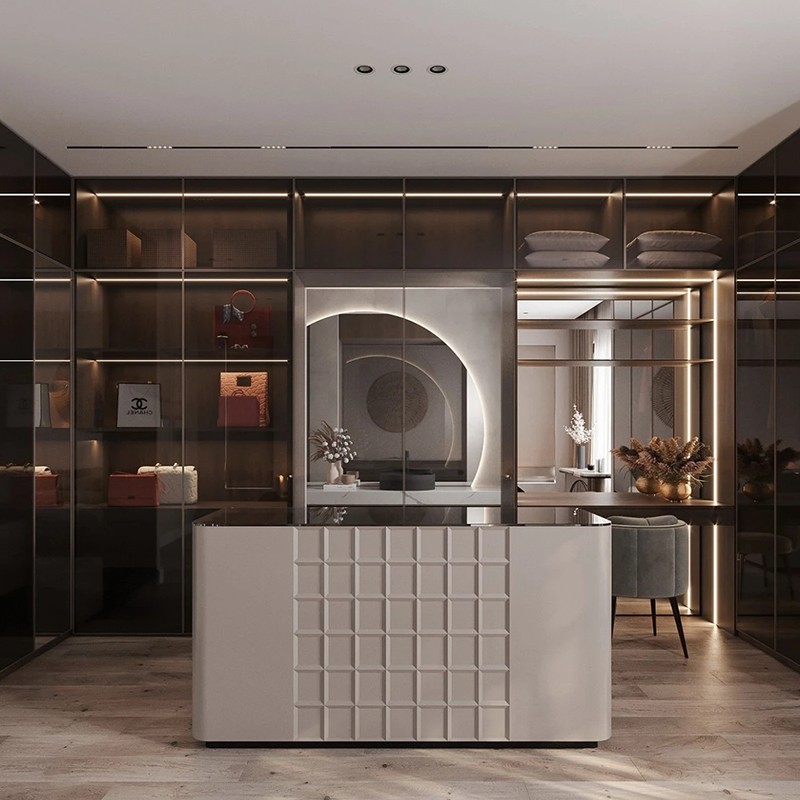
Solutions when encountering moisture problems
Even if a variety of moisture-proof measures have been taken, it is still possible that the wardrobe will be damp due to environmental changes or emergencies. When encountering this situation, timely handling is the key.
● Mold removal: If mold is found inside the wardrobe, it should be removed immediately. You can use a special mold remover, or wipe the moldy area with alcohol to completely eliminate the mold. If the mold area is large, you may need to consider replacing the damaged board.
● Drying treatment: For wardrobes that have been damp, you can use a hair dryer or electric dehumidification stick for drying. When using a hair dryer, be sure to keep a proper distance to avoid high temperature damaging the surface of the board.
● Remove odors: Damp wardrobes often have odors. You can place some lemon slices, activated carbon bags or aromatherapy bags in the wardrobe to absorb odors and keep the air fresh.

